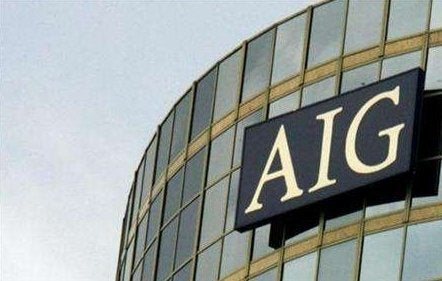
In a recent blog I discussed the reasons for the credit mess we are in. I want to now focus on the companies that failed and triggered this panic wave. Let's start with the Government Sponsored Entities, the GSE's, namely Fannie Mae and Freddie Mac. Those firms were chartered by Congress to buy mortgages and thus facilitate housing ownership to low income Americans. By serving as middlemen, buying mortgages from lenders and banks and then holding or reselling them, they allowed banks to make even more loans to even more homeowners, and the GSE's could book profits along the way. The risk was that borrowers might stop making their mortgage payments, and the GSE's would be left holding the bag.
Things went well for decades. Real estate prices were marching upwards. Management became confident the business model was sound. But then clients such as Countrywide Financial Corp., a major mortgage company, demanded that the GSE's buy more risky loans from them, lest Countrywide take its business elsewhere and make the GSE's irrelevant. Investors were also pressuring them to take greater risks to keep their stocks advancing. Democrats on the Hill, who lobbied for the GSE's for years, demanded that the companies buy more loans that had been made to low-income and minority home buyers. And Republicans, who were busy promoting lax regulations, are clearly not without fault either.
The GSE's started to fear that lenders would be selling products they weren't buying and Congress would decide they weren't fulfilling their mission. So between 2005 and 2008, Fannie Mae alone purchased or guaranteed about $270 billion in loans to risky borrowers, more than three times as much as in all its earlier years combined, according to an article the New York Times recently ran, detailing the GSE's demise.
The GSE's actually had lending standards that were much better than most other lending institutions, and their market share of risky loans was actually falling when everyone else were ramping up on them. Their problem, however, was gigantic leverage, which left no room for error. So when the steep decline in home prices started, something they never experienced before, it wiped them out. This is a clear case of management's greed and stupidity, but the blame also lies with homeowners, who wanted bigger homes than they could afford, and were happy to overpay for them and over-borrow to finance them.
Or take AIG, one of the largest insurance companies in the world and one of the most important financial institutions. AIG insured Credit Default Swaps (CDS), a financial security that allows you to bet on the credit worthiness of companies. Many companies had CDS's with outstanding values far exceeding the underlying bonds they insured, so the buyers of the CDS's had incentive to plunge those companies towards bankruptcy so that they can make a fortune on the insurance policy. That is tantamount to you being allowed to take a very large life insurance policy on your neighbor. You would have a financial incentive to run your neighbor over to collect the insurance money. This practice creates motivation for behavior that capital markets, and society, cannot tolerate. And the fact that the regulators allowed this to happen can only indicate either sheer stupidity or irresponsible cluelessness, not exactly inspiring confidence in the competence of our government officials and their negligent ways. Either way, and to simplify a bit, AIG was unwisely on the other side of these insurance contracts and when credit started to collapse, they ran out of money to cover their obligations.
Lehman Brothers owned risky mortgage loans with a 30:1 leverage. That means that for every $1,000 of capital that belonged to the firm, they had $30,000 worth of assets (and $29,000 of corresponding liabilities). It logically follows that a decline of 3.5% in the value of the assets more than wipes out all of the firm's capital. We now know that those risky loans had lost a lot more than 3.5% of their value. And when a firm has nearly $700 billion in assets, as Lehman had, everyone feels the repercussions of that collapse.
Merrill Lynch found its travails in much the same way, as did large commercial banks like Washington Mutual and Wachovia, that were recently brought to their knees.
The decisions of those companies and others like them are now threatening to drag down the housing market and the economy.
Treasury Secretary Henry Paulson now put together a $700 billion plan to bail out the financial sector. The Federal Reserve has pumped some $800 billion into the financial system. That figure doesn't include what the Fed still plans to spend buying short-term debt so that companies can survive and continue their daily operations. And it doesn't include any of the hundreds of billions the Treasury Department might spend propping up Fannie Mae, Freddie Mac or AIG.
After 14 months of crisis, the federal government -- meaning you and me -- has already put gigantic sums of money on the line. (For comparison, the entire annual federal budget is about $3 trillion). And I am very dubious about the idea that government bureaucrats working with our money can have better judgment about the value of complex financial instruments than private investors making decisions with their own money.
Even before this crisis, the Bush administration was on schedule to hand down a $550 billion deficit to the next administration. A new better estimate might be $750 billion, or 5 percent of gross domestic product. It isn't as big as our healthcare obligations, but serious nonetheless. There are about 100 million households in the United States. $750 billion is about $7,500 for every household in the country.
Just how are we going to pay for all this?
Alan Schram is the Managing Partner of Wellcap Partners, a Los Angeles based investment partnership.